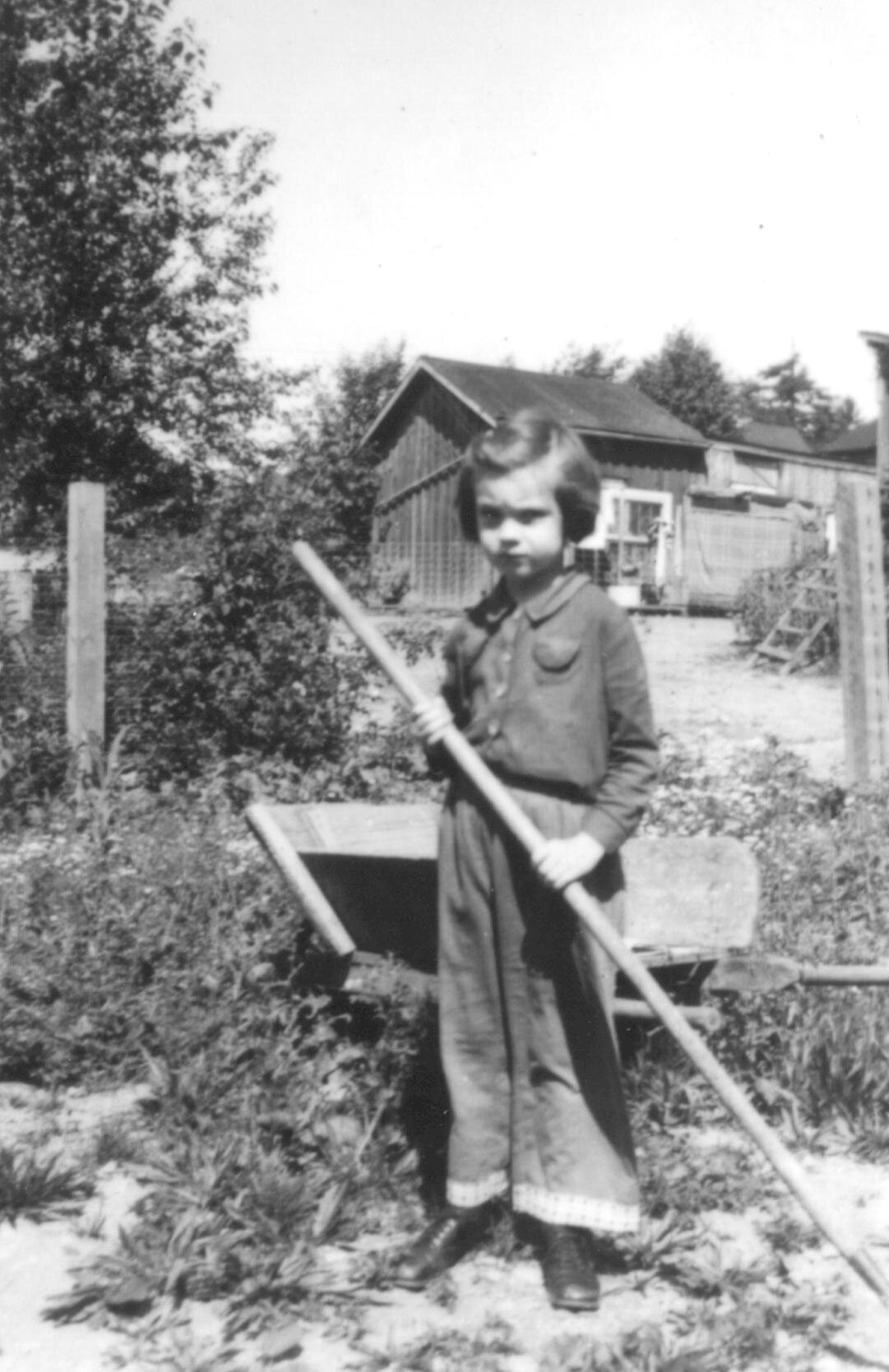This week, we are learning about how plants grow and how all the parts of the plant contribute to their growth. Here is a fun and easy way to demonstrate how the stem (also called a stalk or leaf stalk) of a celery plant carries water and nutrients all the way from its roots up to the leaves of even the tallest of plants.
You Will Need:
A celery stalk (or two) with leaves still attached
A cup or mason jar
Water
Food Colouring (red or blue work best for this experiment)
Instructions:
1) Cut the bottom inch off on the celery stalk.
2) Fill the jar about halfway up with water.
3) Add 5 or so drops of food colouring into the water (a few more drops if you have a larger vessel with more water).
4) Place the jar in a sunny location and wait 2 hours.
5) Observe the celery stalks. You may see the food colouring working its way up the stalk (moving through the xylem of the celery plant). Xylem are tiny tubes in the plant (like veins in our bodies) that move water from the roots to the leaves in a plant. Because we have added food colouring to the water, you should be able to see the colour as the water moves up the stalk toward the leaves.
6) Break off a small piece of the leaf stalk, you may see food colouring in the xylem.
7) Wait overnight. In the morning, observe your celery stalks and leaves. Did the food colouring make its way to the celery leaves?
Discussion Questions:
What happens to the water once it reaches the leaves?
Some of the water is used by the plant’s leaves to make food through the process of Photosynthesis. Sunlight provides the energy for plants to make carbon dioxide (what we breathe out) and water into sugars (food) and oxygen (what we breathe in).
Sometimes you might notice droplets of water on the ends of the leaves of a plant, this often is a good indicator for houseplants that the soil is very moist. When a plant has more water than it needs the leaves release some of this water to be evaporated into the air from its leaves. This process is called Transpiration and can actually help the plant take up more water.
How is the water and food colouring moving up the plant?
The process of water moving from roots to leaves is called Capillary Action. Water molecules like to stick together and to the walls of the tubes that make up what is called a plant’s xylem. These tubes run from the plant’s roots, up the stem, and all the way up to their leaves. As water then evaporates from the leaves it pulls up more water from the roots helping water to move up the plant.
This week we’ve been talking about and learning the six different parts of a plant. In this activity, we learned about how the roots, stem, and leaves of a plant all work together to help it get the water it needs using a celery stem. When we eat celery we are eating the stem of the plant (also called a stalk or leaf stalk) of the celery plant.
Think about what other stems, roots, flowers, seeds and leaves we eat on a regular basis. You may never look at your favourite vegetables in the same way!
Expansion Activity:
Try using a large celery stalk and splitting it from the bottom to about halfway up the stalk. Place one half of the stalk into a container with blue food colouring and the other half into a container with red food colouring. What do you think will happen when the colour from each reaches the part of the stalk where the two halves are joined? What will happen when the colours reach the leaves?
Don’t forget to wrap up this experiment by enjoying a delicious celery snack. That’s right - this celery is still edible and yummy, so don’t let it go to waste!











